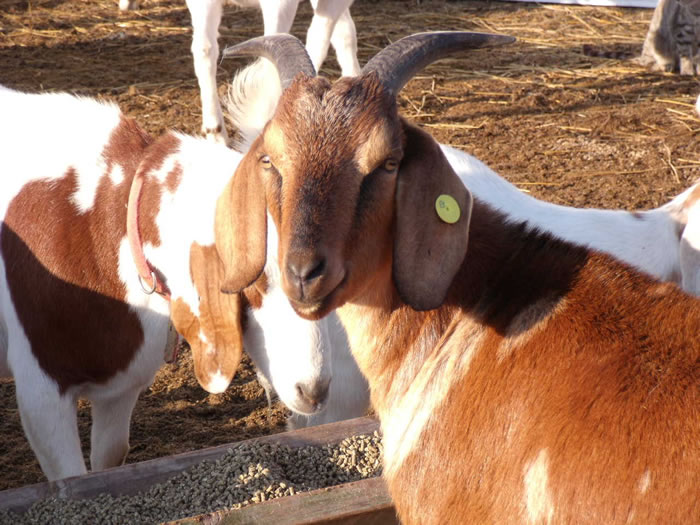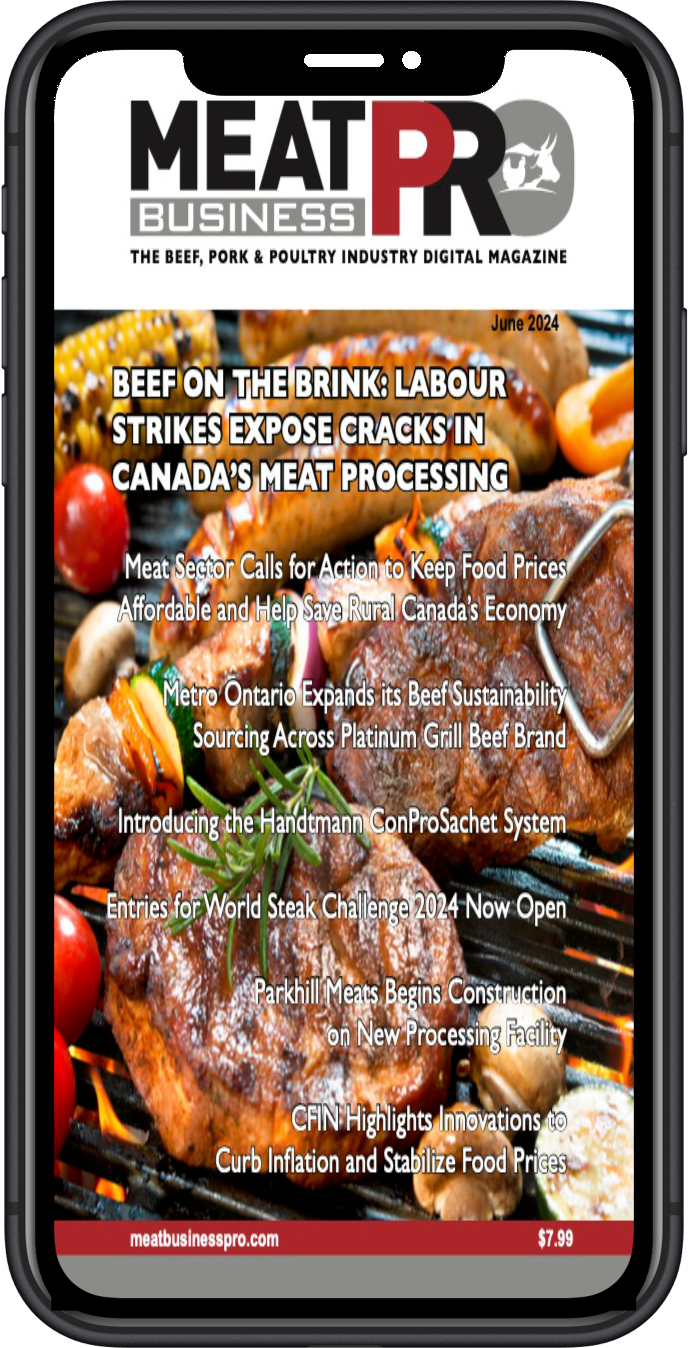A closer look at dairy goat farming

Goats are raised to produce dairy, meat, fibre and skin products and the demand for these products has risen over time in Canada
by Michael Campbell and Kathryn Reid
Results from the Census of Agriculture show that despite a decline in the number of farms reporting goats, the overall number of goats reported on farms in Canada has significantly increased over the last 30 years—largely because of increases in Ontario, where the greatest share of goats has been reported.
This article provides insights on dairy goat farming in Ontario, by linking administrative Ontario dairy goat farm registration information to Census of Agriculture data.
“In 2021, there were 253,278 goats reported on farms in Canada, up 10.1% from 2016. Meanwhile, there were 4,801 farms that reported goats in Canada in 2021, down 14.7% from 2016”In 2021, there were 253,278 goats reported on farms in Canada, up 10.1% from 2016. Meanwhile, there were 4,801 farms that reported goats in Canada in 2021, down 14.7% from 2016 (Chart 1). As a result, there were on average 52.8 goats per farm that reported goats in Canada in 2021, an increase from 40.9 in 2016.
The increase in the number of goats reported in Canada was largely driven by Ontario. In 2021, there were 148,109 goats reported on farms in Ontario, up 13.7% from 2016.
In fact, farms in Ontario accounted for over half (58.5%) of total goats reported in Canada in 2021. This was followed by Alberta, with 33,527 goats reported in 2021. Overall, the Prairie provinces reported 52,775 goats, accounting for 20.8% of Canada’s total.
In 2021, the number of goats reported on registered dairy goat farms in Ontario was 85,673, representing 57.8% of total goats in the province. This was a 2.2% increase from the 83,841 goats reported in 2016.
While the number of goats in Ontario increased, the number of registered dairy goat farms declined. In 2021, a total of 141 registered dairy goat farms were identified in Ontario, down from 206 in 2016. However, the average number of goats per registered dairy goat farm increased from 407.0 to 607.6 over the five-year period.
In 2021, 39.7% of registered dairy goat farms held 400 to 999 goats, and 12.8% held 1,000 goats or more—the smallest share. However, while registered dairy goat farms reporting 1,000 goats or more were fewer in number, they accounted for the largest proportion (43.4%) of total goats on registered dairy goat farms in the province (Chart 2).
In 2021, the average age of farm operators working on registered dairy goat farms (dairy goat farm operators) in Ontario was 44.8 years, up from 42.8 years in 2016. This follows the overall trend of total farm operators in Canada, who have shown an increase in their average age from 55.0 years in 2016 to 56.0 years in 2021.
In Ontario, the average age of dairy goat farm operators in 2021 was 11.9 years lower than that of total farm operators (56.7 years) in the province. This could in part be attributable to the lower costs associated with entering this farming industry, compared with other livestock farming industries.
In 2021, younger farm operators (under 35 years) were more prevalent in Ontario registered dairy goat farms, compared with total farms in the province. Just over one-fifth (21.9%) of dairy goat farm operators were under 35 years, more than double the proportion for total farm operators in Ontario (8.3%).
In terms of detailed age groups, dairy goat farm operators aged 35 to 39 years represented the largest age group among total dairy goat farm operators in Ontario in 2021, at 18.5%. In contrast, the largest age groups among total farm operators in the province were the 55-to-59 and 60-to-64 age groups, at 16.9% each (Chart 3).
Over time, the age distribution of dairy goat farm operators in Ontario has changed. In 2021, operators aged 35 to 39 (18.5%) accounted for the largest proportion of dairy goat farm operators in Ontario, followed by those aged 50 to 54 (14.8%). In contrast, in 2016, the largest group was those aged 50 to 54 years at 15.0%, followed by those aged 30 to 34 (14.3%) (Chart 4).
There were 243 farm operators that worked on 141 registered dairy goat farms in Ontario in 2021, of whom 60.5% were male and 39.5% were female. By comparison, 69.0% of total farm operators in Ontario were male and 31.0% were female.
Of the 141 registered dairy goat farms in Ontario in 2021, 33.3% were operated solely by male farm operators, compared with 57.1% of total farms in Ontario. In addition, 7.1% of registered dairy goat farms were operated exclusively by female farm operators, compared with 8.8% of total farms in Ontario. Notably, it was more common for registered dairy goat farms to have mixed-sex farm operators. More than half of registered dairy goat farms (59.6%) reported at least one male and one female farm operator, compared with 34.1% of total farms in Ontario.















